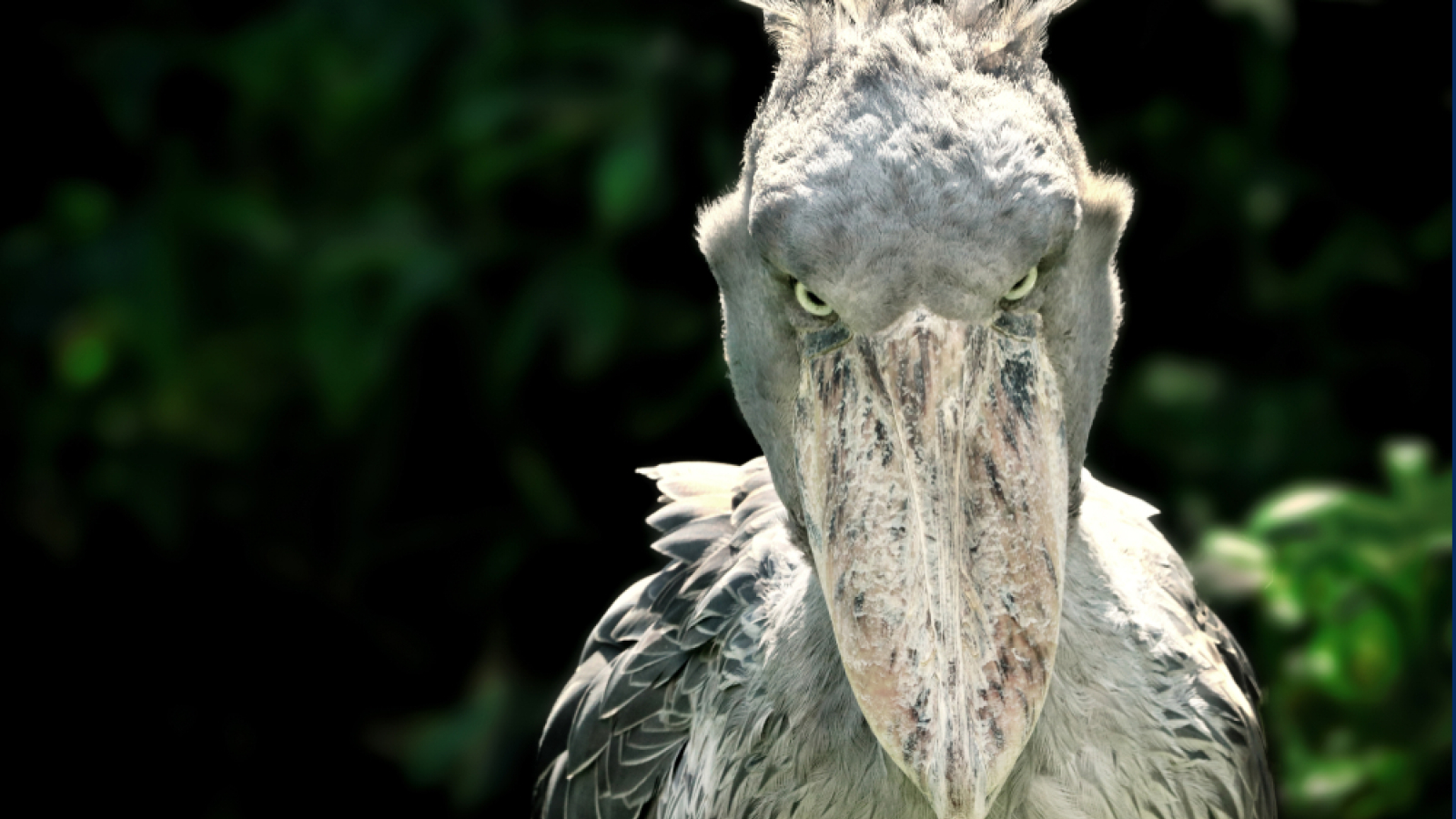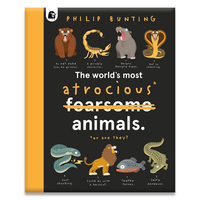Shoebill: The human-sized African bird that eats baby crocodiles and kills its siblings
Shoebills reach up to 5 feet in height and they are formidable ambush predators, standing still in swamps before lunging forward to swallow their prey whole with their giant bills.

Name: Shoebill (Balaeniceps rex)
Where it lives: Marshes and swamps in East Africa
What it eats: Fish and reptiles
Why it's awesome: This menacing and prehistoric-looking bird can grow up to 5 feet (1.5 meters) tall – and is equipped with a sharp-edged, 1-foot-long (0.3 meter) bill — the third-largest bird beak in the world.
Its giant bill and long, skinny legs make it a formidable ambush predator —standing completely still before lunging forward to grab unsuspecting prey and swallow it whole.
A 2015 study published in the Journal of African Ornithology found that catfish were its most common prey, making up around 71% of its meals. However, the shoebill is also known to feast on eels, snakes and even baby crocodiles.
Shoebills are mostly solitary, but breeding pairs are monogamous and lay up to three eggs in a clutch — though, due to rivalry between siblings, usually only one survives to adulthood. This is typically the larger first-born, which either out-competes any siblings for food, or kills them.
Sign up for the Live Science daily newsletter now
Get the world’s most fascinating discoveries delivered straight to your inbox.
Related: The bird that came back from the dead by evolving twice
The second or third chicks are essentially spares that serve as a backup if the first doesn't survive.
This behavior was captured in a clip from the BBC David Attenborough series "Africa," showing the older chick biting at its younger sibling. When the mother returns to the nest, it offers no care to the smaller offspring.
Although sometimes incorrectly referred to as a stork, the shoebill is actually the only member of the Balaeniceps genus and the wider family Balaenicipitidae, with its closest living relatives being pelicans. Its ancestors from the Pelecaniformes order emerged at the end of the Cretaceous period (145 million to 66 million years ago).
The big-billed bird is listed as vulnerable on the International Union for the Conservation of Nature's Red List, with just 5,000 to 8,000 birds left.
The World's Most Atrocious Animals — $12.95 on Amazon
If you think the shoebill is a beast of a bird, you'll love some of the atrocious animals found in this book by author and illustrator Philip Bunting. It's a big, bright book packed with animal facts and hilarious illustrations, which is perfect for young kids. We particularly like the reimagined Latin names for animals — can you guess what the Dolphinii notsofriendlius or the Chucklus chucklus might be?

Megan Shersby is a naturalist, wildlife writer and content creator. After graduating from Aberystwyth University with a BSc (Hons) degree in Animal Science, she has worked in nature communications and the conservation sector for a variety of organisations and charities, including BBC Wildlife magazine, the National Trust, two of the Wildlife Trusts and the Field Studies Council. She has bylines in the Seasons anthologies published by the Wildlife Trusts, Into The Red published by the BTO, and has written for the BBC Countryfile magazine and website, and produced podcast episodes for its award-winning podcast, The Plodcast.











